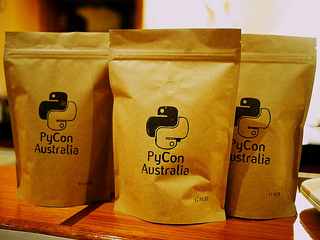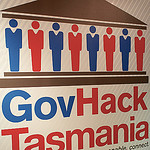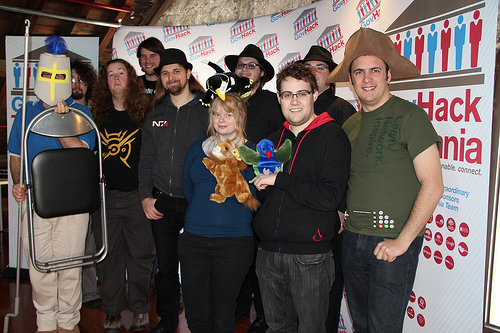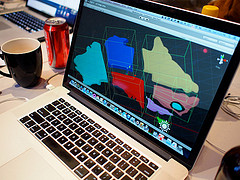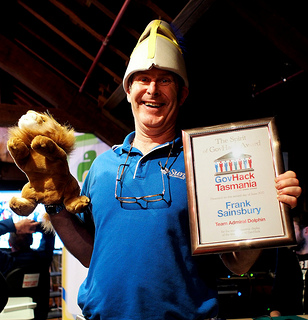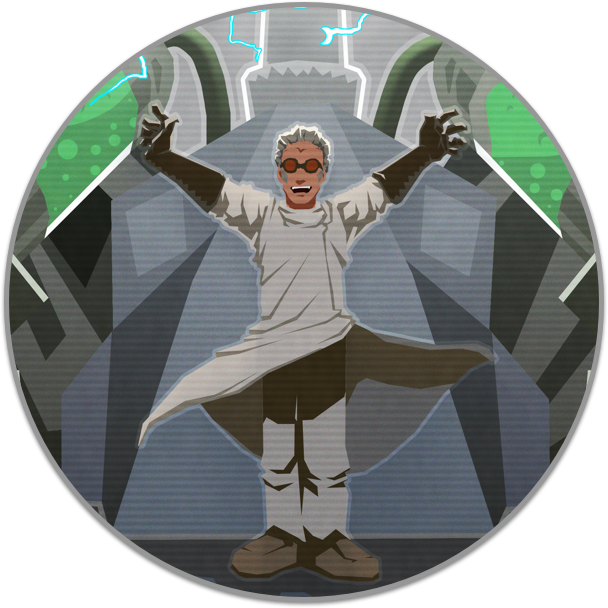 This weekend we were at PyCon Australia 2013 in Hobart! Once again, it was very exciting to have a technology conference in our city. So exciting, in fact, that we sponsored the conference WiFi network. You're welcome! (We attempted to troll our friend --- conference coordinator Chris Neugebauer --- by setting the WiFi password to AskChris, but it backfired in that everyone asked us, rather than Chris. Better luck next time!) Our friends from the Australian Computer Society (Tasmania) also sponsored the conference.
This weekend we were at PyCon Australia 2013 in Hobart! Once again, it was very exciting to have a technology conference in our city. So exciting, in fact, that we sponsored the conference WiFi network. You're welcome! (We attempted to troll our friend --- conference coordinator Chris Neugebauer --- by setting the WiFi password to AskChris, but it backfired in that everyone asked us, rather than Chris. Better luck next time!) Our friends from the Australian Computer Society (Tasmania) also sponsored the conference.

Highlights of the conference were the three keynotes: Alex Gaynor, Mark Pesce, and Tennessee Leeuwenburg. Alex spoke about the nature of software engineering, and its relationship to art and science. Mark, during a brilliant dinner keynote, spoke about the Internet of things, and his new venture: MooresCloud. Tennessee discussed the use of tools for problem solving and communication. All three keynotes were highly enjoyable, alongside the sessions, and we highly recommend watching them as they become available on PyCon Australia's YouTube channel.

Exceptional conference coffee was again supplied by Ritual Coffee Tasmania. Although we didn't sponsor the coffee this year, it was as tasty as last year --- we can't wait to get a bag of beans to enjoy in the office.

Lightning talks were also highly enjoyable, as well as CodeWars --- a devious and irreverent coding competition devised by our friend and frequent collaborator Josh Deprez. This year, Paris from Secret Lab, and another friend and frequent collaborator Tim 'McJones' Nugent hosted the event. We're sure that we thoroughly confused all those who participated. It was pleasing to inspire a room full of conference-goers to chant "Bovril! Bovril! Bovril!"
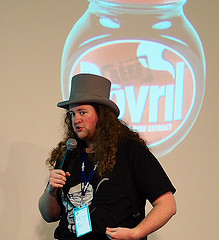 We spent a lot of time hacking on the Holiday by MooreCloud, a fabulous set of very open and very hackable Christmas lights. Over the course of a few hours of coding (and harassment of Mark), Secret Lab and friends managed to build a script to make the Holiday respond to sound levels, a CPU activity display, a one-dimensional game of life style game, and a native iOS interface to the Holiday. It was all great fun, and we highly recommend that you order a Holiday while it's a little cheaper (they ship in November); it really is one of the coolest, most fun and inventive gadgets that we've seen in a while.
We spent a lot of time hacking on the Holiday by MooreCloud, a fabulous set of very open and very hackable Christmas lights. Over the course of a few hours of coding (and harassment of Mark), Secret Lab and friends managed to build a script to make the Holiday respond to sound levels, a CPU activity display, a one-dimensional game of life style game, and a native iOS interface to the Holiday. It was all great fun, and we highly recommend that you order a Holiday while it's a little cheaper (they ship in November); it really is one of the coolest, most fun and inventive gadgets that we've seen in a while.
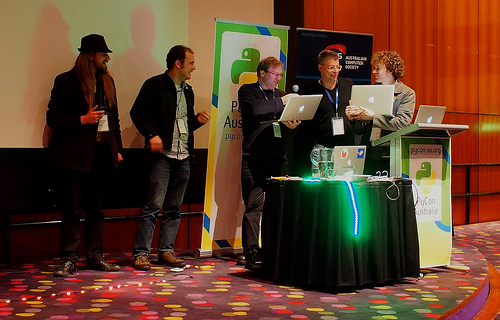 During the lightning talks at the end of the conference the hacks that we'd all made for the Holiday were also showcased. Very cool! The other lightning talks were all highly enjoyable as well.
During the lightning talks at the end of the conference the hacks that we'd all made for the Holiday were also showcased. Very cool! The other lightning talks were all highly enjoyable as well.
Our friend, Frank Sainsbury, was the life of the conference (as usual), delivering a surprisingly meaningful lightning talk on helping others, as well as (also as usual) entertaining everyone with his wigs, and assorted props.

Next year, PyCon Australia will be in Brisbane. We're looking forward to it! All our photos from PyCon Australia this year can be found on Flickr. Congratulations to Chris and his team for another successful world-class technology conference.
Also, huge thanks to Rex Smeal for his fantastic art work for our conference poster.


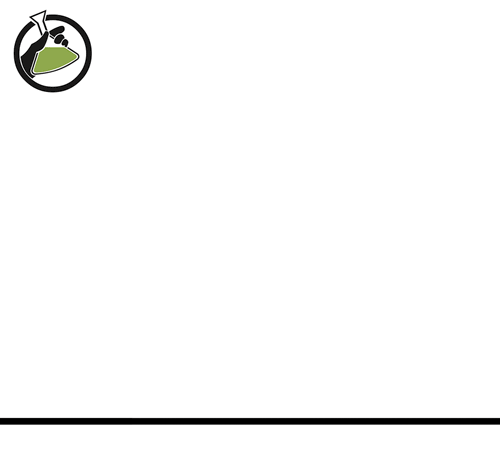






 This weekend we were at
This weekend we were at 





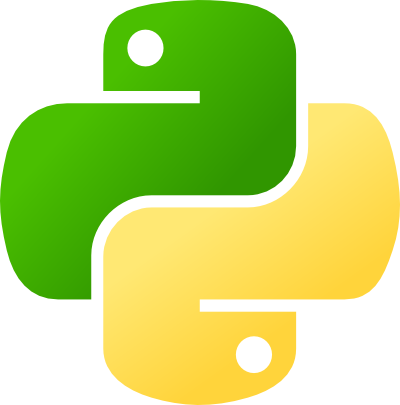 Once again
Once again 